Welcome to my St Vincent and the Grenadines travel guide! In this article, you will find all the information you will need if you are planning a trip to these beautiful Caribbean islands.
In this article
First Thoughts
St Vincent & the Grenadines is an archipelago of 32 islands and islets situated towards the southern end of the Caribbean island chain between St Lucia 24 miles to the north and Grenada 75 miles to the south. From the main island, St Vincent, the Grenadines stretch south for approximately 40 miles.
The people of St Vincent and the Grenadines (SVG) are known as Vincentians but tend to refer to themselves as Vincy or Vincies.
Essential Information About St Vincent and the Grenadines
- Area – 389 km²
- Population – 110,000
- Language – English
- Capital – Kingstown
- Currency – Eastern Caribbean Dollar (EC$) which is pegged to the US dollar. Both currencies are accepted almost everywhere.
- Time zone – GMT -4
- Telephone – the country code for SVG is +1784
- Electrical socket – Power sockets in SVG are of type A (same as North and Central America, China and Japan), type B (like type A, but with an extra prong for earth), or type G (as used in the UK). Why not bring a universal travel adapter with you.
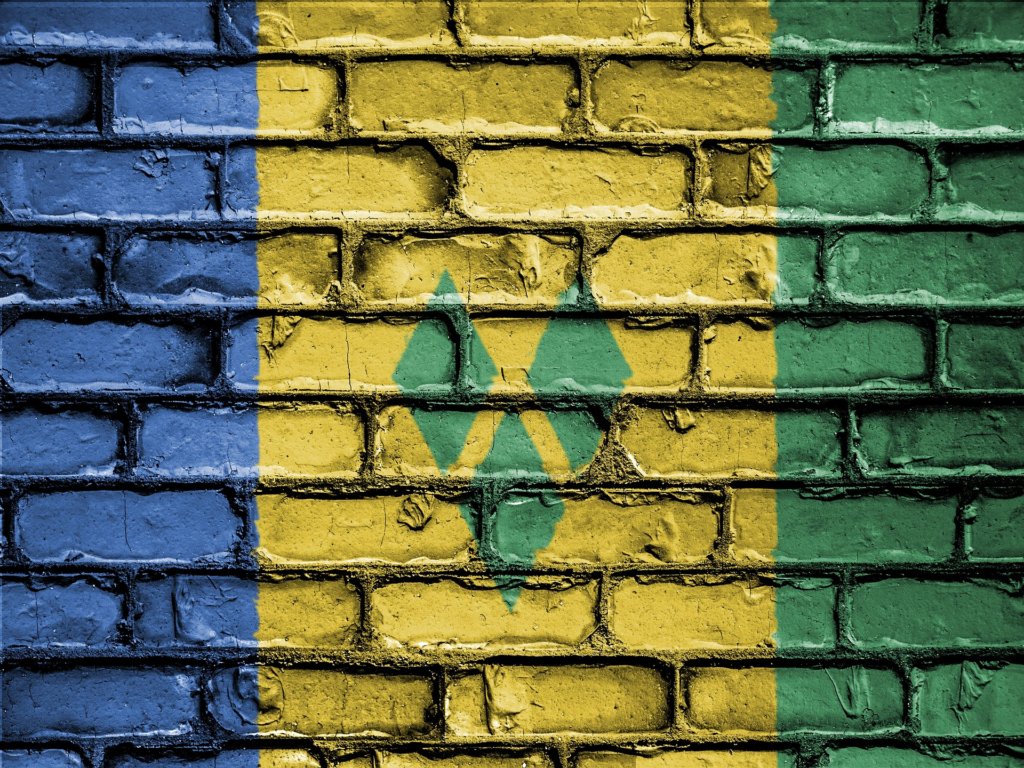
Visas
Most passport holders, including those from the EU, UK, USA, Canada, Australia, and New Zealand, do NOT need a visa to enter St Vincent and the Grenadines. Your length of stay is decided by immigration officials on arrival. We were told to expect to be stamped into the country for one month, but, when we checked, we had actually been given six months!
All passports need to be valid for at least six months from the date you enter the country and you have to show a return or onward ticket as well as proof of accommodation. You may also be asked to show you have enough funds to cover your length of stay.
Local laws
There are severe penalties for all drug offences. Pack your own luggage and do not carry anything through customs for anyone else.
It is an offence for anyone, including children, to dress in camouflage clothing.
Health and Safety in St Vincent and the Grenadines
Health
It’s important to check the latest health advice issued by your government before you travel. In the UK, this is available from the National Travel Health Network and Centre (NaTHNaC).
There is a risk of catching the Zika virus in SVG. Dengue fever is endemic to Latin America and the Caribbean and can occur throughout the year. There have also been confirmed cases of Chikungunya virus in St Vincent and the Grenadines.
The best line of defence is not to get bitten by mosquitoes!
- Use a DEET based insect repellent
- Wear mosquito repellent bracelets
- Burn mosquito coils
- Cover up, especially at dawn and dusk
- Eat Marmite! This is Mark’s preferred method!
If you need medical assistance whilst in St Vincent and the Grenadines, dial 911.
The main government hospital can cope with many types of treatment but serious cases may mean emergency evacuation.
Medical treatment in St Vincent and the Grenadines can be expensive so make sure that you have adequate travel health insurance and accessible funds to cover the cost of any medical treatment and repatriation.
Safety
The vast majority of tourist visits to St Vincent and the Grenadines are incident-free. However, it is sensible to consider the following:
Crime
There have been a few incidents of crime involving tourists in recent years including murder, robbery and assault.
Take the same precautions as you would take anywhere:
- Make sure your accommodation is secure. This also applies if you are staying on a yacht.
- Don’t carry large amounts of cash.
- Don’t wear ostentatious jewellery.
- Use a hotel safe where possible to store valuables and passports.
- Wear a money belt.
- Be vigilant at all times.
- Don’t walk in deserted areas, even during daylight.
- Take care when withdrawing cash from an ATM.
- Only use licensed taxis and take particular care at late night street parties, especially during the festival season.
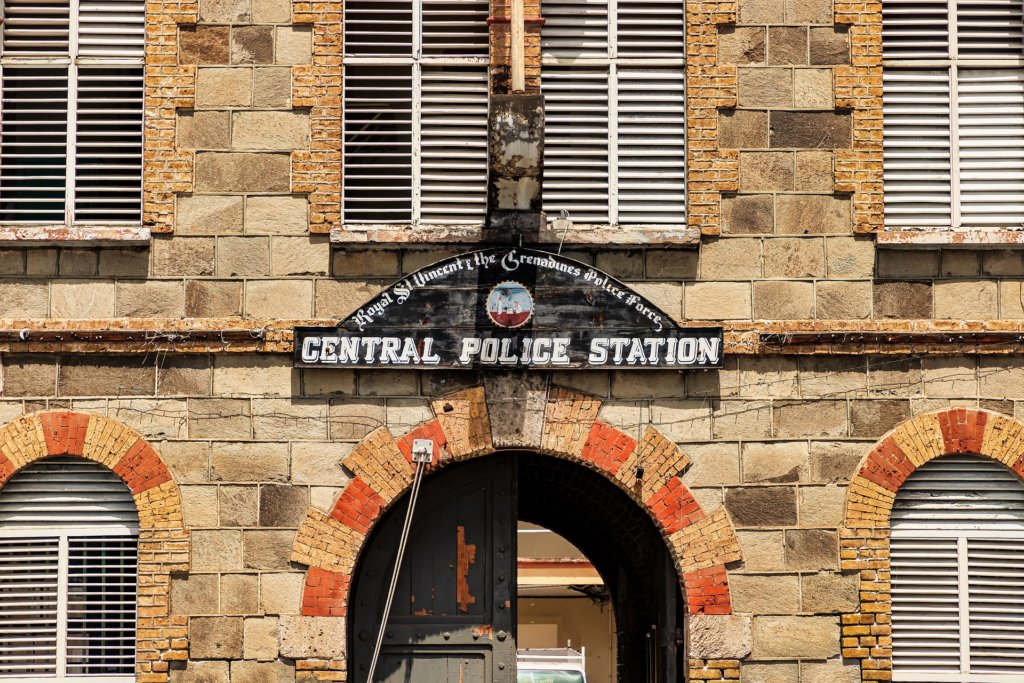
Road travel
Driving is on the left. To drive on the island you must get a local temporary driving licence. Car hire companies will usually help with this – you need to have a valid licence from your home country. It costs EC$100.
If you are going to drive, bear in mind the following:
- Watch out for frequent potholes and speed humps.
- Stick to the speed limits, even if the locals don’t!
- Take extra care on minor roads and in rural areas where there are narrow roads and blind corners.
- Be aware that other drivers rarely use indicators and pedestrians often walk on the road!
- Try to avoid driving at night as roads are often unlit and hazards are easy to miss.
- Don’t stop if you’re flagged down by pedestrians.
- Keep car doors locked when driving.
- In the event of an accident, call the police and don’t move the vehicle.
Swimming
Take great care at all times when swimming as currents can be deceptively strong and not all beaches have lifeguards and/or warning flags. You should monitor all beaches carefully and obey any local warnings.
Sea urchins are common in the waters around the islands. Their spines break off on contact. Once they are in the skin, they are almost impossible to remove. They won’t usually do you much harm and will eventually dissolve. Locals apply warm lime juice to help this process.
Water
The tap water in St Vincent and the Grenadines is perfectly safe to drink. If you prefer, however, bottled water is widely available.
Manchineel Trees
These pretty trees grow abundantly on many beaches and provide welcome shade from the relentless heat. Be careful, though. The fruit, leaves, and bark of manchineel trees are toxic. Don’t stand under them in the rain. Don’t eat the fruit and don’t touch the leaves. Make sure you know what they look like so you can avoid them.
Terrorism
Visitors should check with their government’s most up-to-date travel guidelines, but shouldn’t be put off travelling to St Vincent and the Grenadines.
Hurricanes
The hurricane season in the Caribbean normally runs from June to November. You should monitor local and international weather updates from the World Meteorological Organisation and the US National Hurricane Centre.
Volcanoes
You should monitor the alert level of the underwater volcano ‘Kick’em Jenny’, located 5 miles off the coast of Grenada. Observe any maritime exclusion zones and follow the advice of the local authorities in the event of increased activity or an eruption.
Emergency numbers
- Fire and ambulance – 911/999
- Police – 999
History of St Vincent and the Grenadines
Little is known about the early history of St Vincent and the Grenadines. It’s thought that various Amerindian groups, including the Carib people, passed through or settled in the area over the centuries. Christopher Columbus is credited with sighting the islands in 1498 and naming the largest of them St Vincent.
Over the next couple of hundred years, the English and the Dutch made several attempts to claim the islands, but they were thwarted on every occasion by the indigenous people. The first successful colonisation came in 1719 when the French settled in the town of Barrouallie on the leeward side of St Vincent. They brought enslaved Africans to work the sugar, coffee, indigo, tobacco, cotton, and cocoa plantations.
During the Seven Years’ War, the British captured St Vincent and drove the French out. Their claim on the island was confirmed by the Treaty of Paris in 1763, but their presence was opposed by Black Caribs who declared war on the British. Over the next few years, the battles continued and the islands changed hands from the British to the French and back again.
After slavery was abolished in 1834, Portuguese immigrants and Indian labourers arrived. The economy went into decline and many landowners abandoned their estates and returned to Europe. In 1902. the volcano La Soufrière erupted killing about 2000 people. A great deal of farmland was damaged and the economy deteriorated even further.
In the 20th century, the islands began to prosper with success in agriculture and a fledgeling tourist industry.
St Vincent and the Grenadines gained its independence from the UK on October 27th, 1979. Since then, it has had a democratically elected government and prime minister. It has remained a largely loyal and active member of the Commonwealth with Queen Elizabeth II as its head of state.
Public Holidays in St Vincent and the Grenadines
- January 1st – New Year’s Day
- March 14th – National Heroes’ Day (honours Chief Joseph Chatoyer on the anniversary of his death on this day in 1795. Chatoyer was a local Garifuna chief who led local people against the British in the First Carib War and forced them to sign a peace treaty that set out the boundaries between British and Carib areas of the island.)
- March/April – Good Friday and Easter Monday
- May 1st – National Workers’ Day
- May/June (7th Monday after Easter) – Whit Monday
- July (first Monday and Tuesday of the month) – Vincy Mas (the biggest festival in St Vincent and the Grenadines – a colourful and vibrant celebration of music, dance and Vincentian heritage with street parties, calypso, costume parades, and steel pan performances.)
- August 1st – Emancipation Day (marks the end of slavery in the British Empire in 1834.)
- October 27th – Independence Day (commemorates the independence of the islands from the United Kingdom on this day in 1979.)
- December 25th – Christmas Day
- December 26th – Boxing Day
Best Time to Go to St Vincent and the Grenadines
The average day time temperatures in SVG range from 24 to 30°C.
High season is from December through to April. This is when it is warm and mainly dry (though don’t forget that St Vincent and the Grenadines has a tropical climate so it can rain at any time). It is busiest during these months with many visitors from Europe and North America. It is also cruise season. On days when a ship is in port, the islands can feel overwhelmed and the beaches are far too crowded to allow you a relaxing swim.
For me, it’s best to visit SVG in May and June or November. During these ‘shoulder’ months, the weather is still good and hotels drop their rates to attract travellers.
What to Pack for St Vincent and the Grenadines
With its tropical climate, it’s unlikely that you will need any kind of coat or sweater in St Vincent and the Grenadines. Unless you’re going to one of the luxury resorts, on Mustique for example, you won’t need to dress up too much, either. The vibe on the islands is generally very relaxed and informal. Take light casual clothes with you. Bear in mind that it’s not acceptable to wear swimsuits or skimpy shorts in the streets or in shops, so make sure you have something with you to put on when you leave the beach.
If you’re intending to go walking in the interior of any of the islands, take long trousers and suitable footwear.
Don’t forget to pack an umbrella!
Arriving in St Vincent and the Grenadines
Most visitors to SVG fly into Argyle International Airport on the main island, St Vincent and then travel to the Grenadines by connecting flight or ferry. The airport has only been open since 2017 and is an ultra-modern facility. Flights operate to other Caribbean islands as well as to the USA, Canada and Europe.
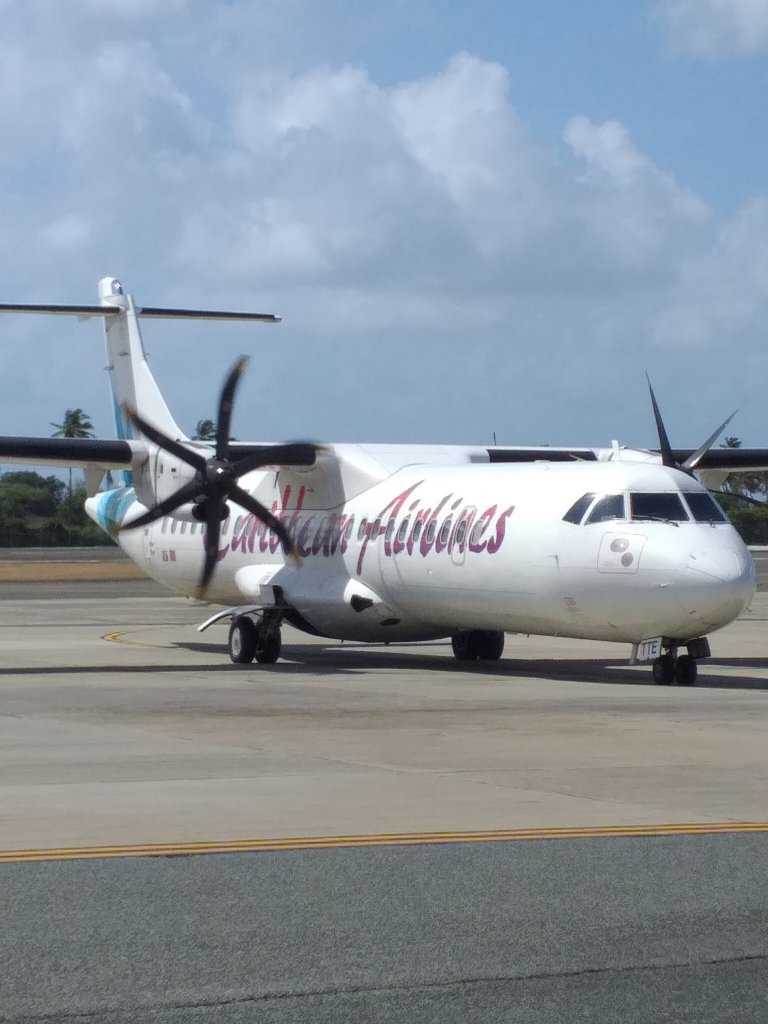
You need to be aware that if you are transferring to another island by ferry (Bequia, for example), it will take you approximately an hour to reach the boat from the airport. A taxi will cost you around US$50. If you’re feeling adventurous, you could walk up to the main road and catch a minibus. You will probably be squashed in with about 20 other people and have extremely loud music piercing your eardrums, but it will only cost you a couple of dollars!
Where to Stay in St Vincent and the Grenadines
St Vincent and the Grenadines has a wide range of hotels, guesthouses and self-catering apartments to suit all pockets.
We stayed at Jenny’s Place, a stunning waterfront property we found through Airbnb.
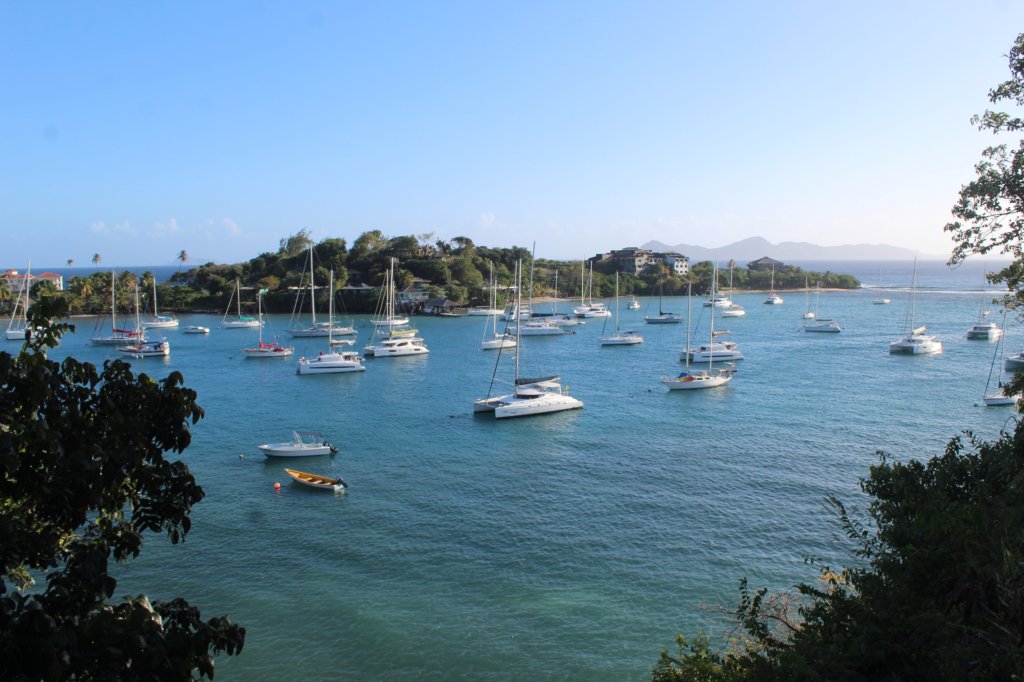
I recommend that you search for suitable accommodation on Booking.com:
Booking.com
What to Eat and Drink in St Vincent and the Grenadines
The cuisine of St Vincent and the Grenadines is based on the fish and seafood found in the surrounding waters flavoured with spices grown on the islands.
Breadfruit
Breadfruit is seen as the symbol of St Vincent and the Grenadines. Indeed, the country’s main island is referred to locally as the ‘Breadfruit Isle of the Caribbean’.
The fruit was brought to the islands from Tahiti in 1793 to provide cheap, easy-to-grow food for the slave population. Today, breadfruit is most often roasted whole in the flames of a fire, split open and the flesh scooped from the shell. Roasted breadfruit and fried jackfish now comprise the national dish of St Vincent and the Grenadines. The islands hold a Breadfruit Festival each August with music, dancing and multiple preparations of breadfruit including breadfruit puffs, breadfruit cheese pies, quiche, pizza, candy, and drinks.
Arrowroot
Grown on the lush hillsides of Owia in northeast St. Vincent, arrowroot is a native crop to the islands. St Vincent is one of the last places in the world that produces arrowroot, both for local consumption and for export. The starchy arrowroot tuber grows underground. When harvested, it is cleaned, pulped, dried and ground into a flour. This fine, gluten-free flour is used to make bread, biscuits, cakes, jellies and sauces. While you are in St Vincent, look for madongo dumplings, a baked or fried speciality made with arrowroot flour, nutmeg and coconut.
Seafood
The clear waters surrounding St Vincent and the Grenadines provide a natural and abundant source of food for the local population and tourists alike. You can find many varieties of fish and seafood in season, including tuna, mahi-mahi, snapper, kingfish and bonito. In the village of Barrouallie on St. Vincent’s west coast, blackfish, or pilot whale, is a delicacy. Lobster, squid, octopus, and queen conch are also very popular.
Seafood is served baked or fried and spiced from mild to fiery hot. One local dish to look out for is billjau, a stew made with salted fish, tomatoes, onions, coconut oil, and hot peppers.
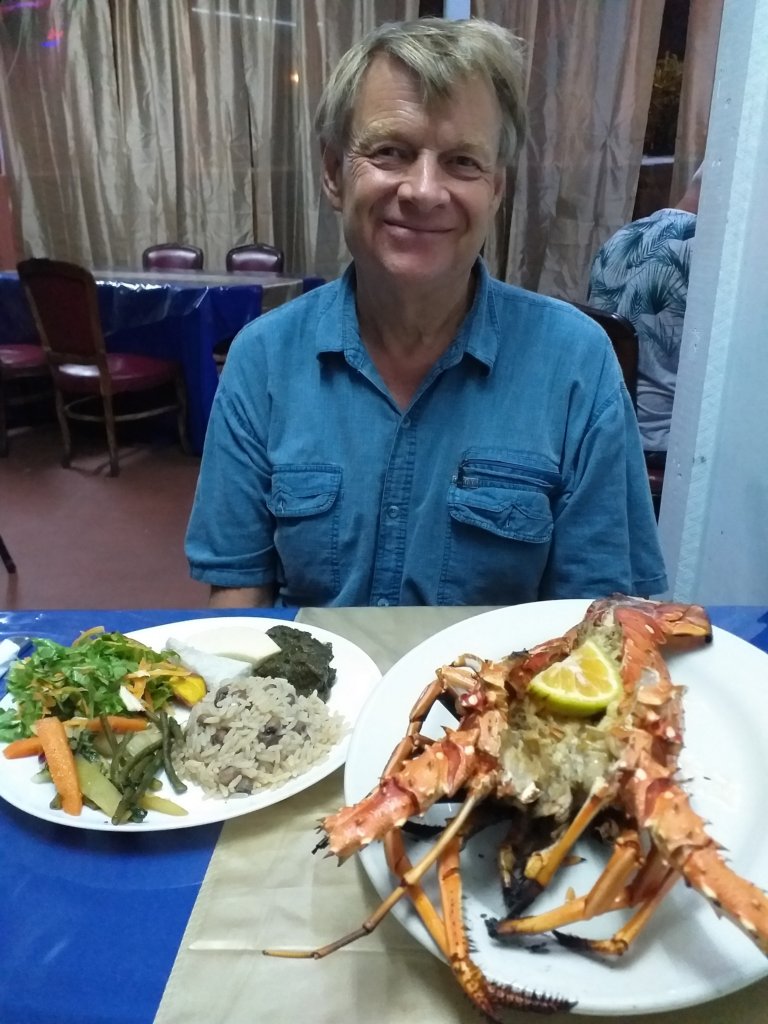
Provisions and Produce
On St Vincent, as elsewhere in the Caribbean, the starchy vegetables that grow underground and the abundant fruits that grow on trees are both called ‘provisions’. These include yams, potatoes, dasheen, tania, carrots, bananas, and plantains. They are served mashed or fried as side dishes, or baked into sweet and savoury breads and biscuits.
Other produce grown in the rich volcanic soil of the islands includes rice, tomatoes, peppers, cabbages, eggplant, coconut, and ginger.
Drinks
St. Vincent and the Grenadines was once covered in sugar plantations that yielded ample amounts of molasses for rum making. Over the years, banana plantations took over, but a recent resurgence of interest in rum making and its financial benefits to the island means St. Vincent is making rum again. The island’s distillery produces St. Vincent Golden and Red rums and Sunset Captain Bligh rum, which can be tasted straight or made into a variety of tropical cocktails.
Hairoun beer is also produced locally. It is a light, lager-style beer which also comes in several flavours, including mauby (a mix of local tree barks and spices) and ginger.
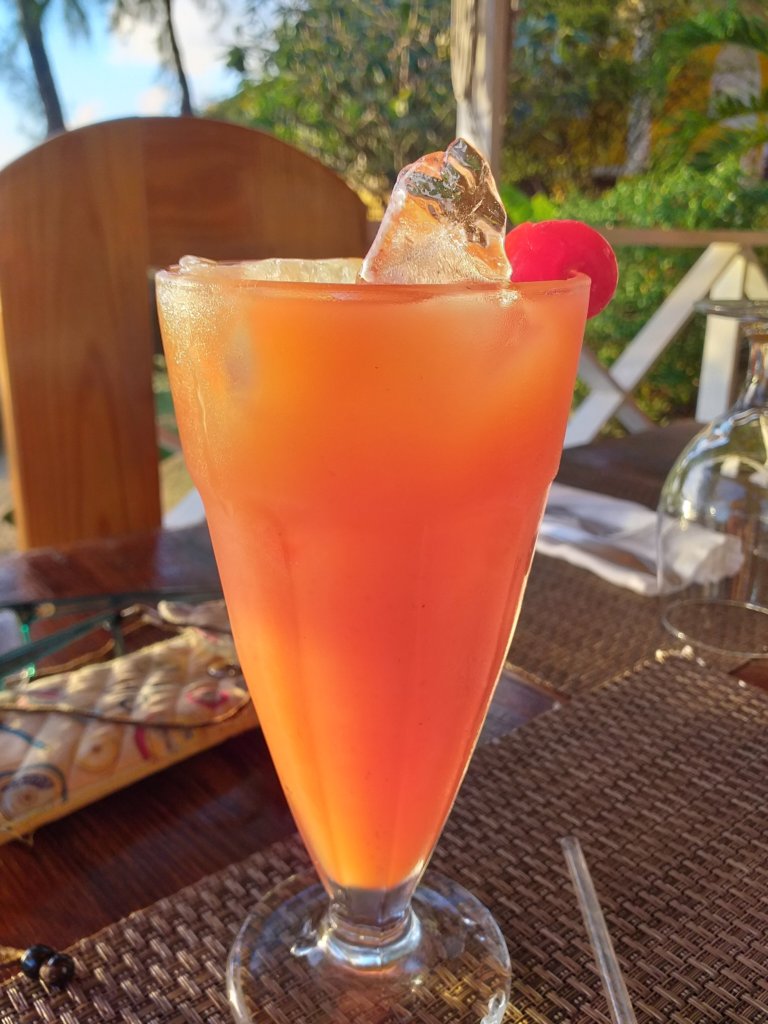
The Islands of St Vincent and the Grenadines
St Vincent
St Vincent, as the name suggests, is the largest island in the nation of St Vincent and the Grenadines, and home to the country’s capital, Kingstown. It found fame when it was chosen as a filming location for the American adventure fantasy film ‘Pirates of the Caribbean: The Curse of the Black Pearl’. Filming took place from October 2002 through to March 2003, and several hundreds of the local inhabitants were hired as cast members.
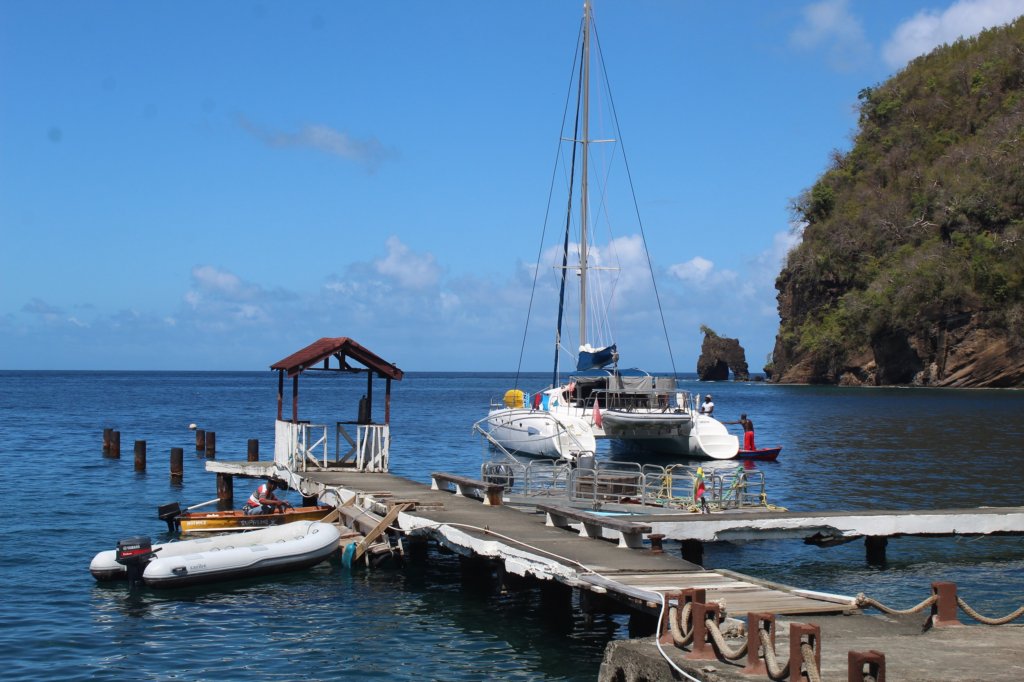
CLICK HERE FOR MORE ABOUT SAINT VINCENT
Bequia
Bequia is the second-largest island in the Grenadines at 7 square miles (18 km2). It lies just over nine miles (15 kilometres) from SVG’s capital, Kingstown, on the main island, Saint Vincent. Bequia means “island of the clouds” in the ancient Arawak language.
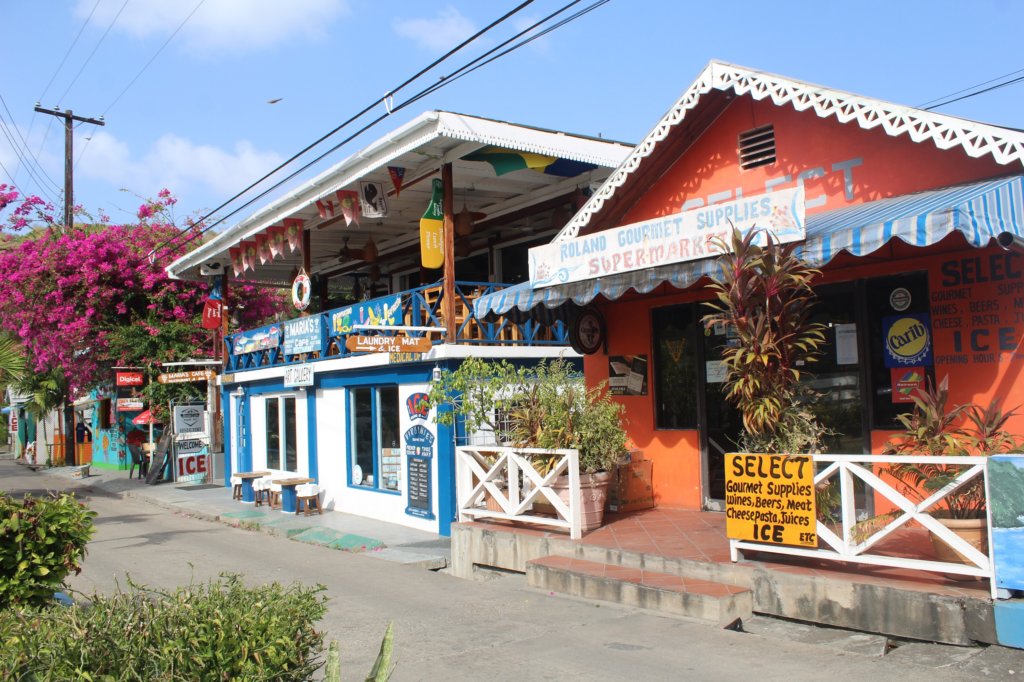
READ MY COMPLETE GUIDE TO BEQUIA
Mustique
Princess Margaret’s favourite island and playground to the rich and famous (including Mick Jagger, Prince William, Paul McCartney, Noel Gallagher, and John Travolta), Mustique, is privately owned. It has a permanent population of about 500. In peak tourist season, this number increases to around 1200. There is a small runway to accommodate the arrival of private jets and charter flights. More mundane visitors can get there by ferry from St Vincent.
The island is tiny – just 2.2 square miles, but it has an abundance of flora and fauna including coral reefs, tortoises, herons, and iguanas.
There are around a hundred private villas on Mustique, many of which are let through the Mustique Company which owns the island. There are also two hotels: the 20-room Cotton House and the seven-room Firefly.
The most famous watering hole on Mustique is Basil’s Bar which hosts the Mustique Blues Festival in late January/early February each year.
Activities available on the island include tennis, horse-riding, scuba-diving, sailing, snorkelling, fishing, and kite-surfing. The main beach is Macaroni on the Atlantic coast, but the large waves here make it more suitable for surfing than swimming. Gelliceaux, a sheltered bay on the western side of the island, is better for swimming.
A short video about Mustique:
Canouan
Canouan lies 25 miles (40km) south of the main island, St Vincent.
There are two major resorts on Canouan, the Mandarin Oriental and the Tamarind Beach Hotel, which have golf courses, restaurants, private villas, and luxury hotel rooms. Outside of these resorts, life for residents is pretty harsh. There is a lot of poverty and housing is often sub-standard. Plans are afoot to extend the existing runway to accommodate larger planes and, with investment from China, to build new luxury resorts and make Canouan the new go-to destination in the Caribbean. Local people hope to benefit from more visitors coming in.
Mayreau
Mayreau is the smallest inhabited island of the Grenadines, with an area of about 0.46 square miles and a population of just under 300. It is an isolated community, accessible only by boat. Electricity only reached the island in 2002.
Most islanders make their living from fishing with some supplementing their income through tourism. There is a small resort area on Saltwhistle Bay which attracts the yachting fraternity.
A few intrepid independent travellers make their way to Mayreau to enjoy the desert island feel. The island has some of the most unspoiled beaches in the Grenadines. The friendly locals have a reputation for partying hard and are happy to include visitors in their merry-making!
Tobago Cays
The five small uninhabited islands ringed with coral reefs that make up the fabled Tobago Cays offer some of the Caribbean’s best diving and snorkelling.
The islands sit firmly in a national park and are only accessible by boat on a day trip from one of the Grenadines. It might seem like a lot of effort, but it is so worth it! The snorkelling is world-class and the white-sand beaches look incredible. Underwater, sea turtles and parrotfish are just a couple of the myriad species you’ll see. The coral is beautiful.
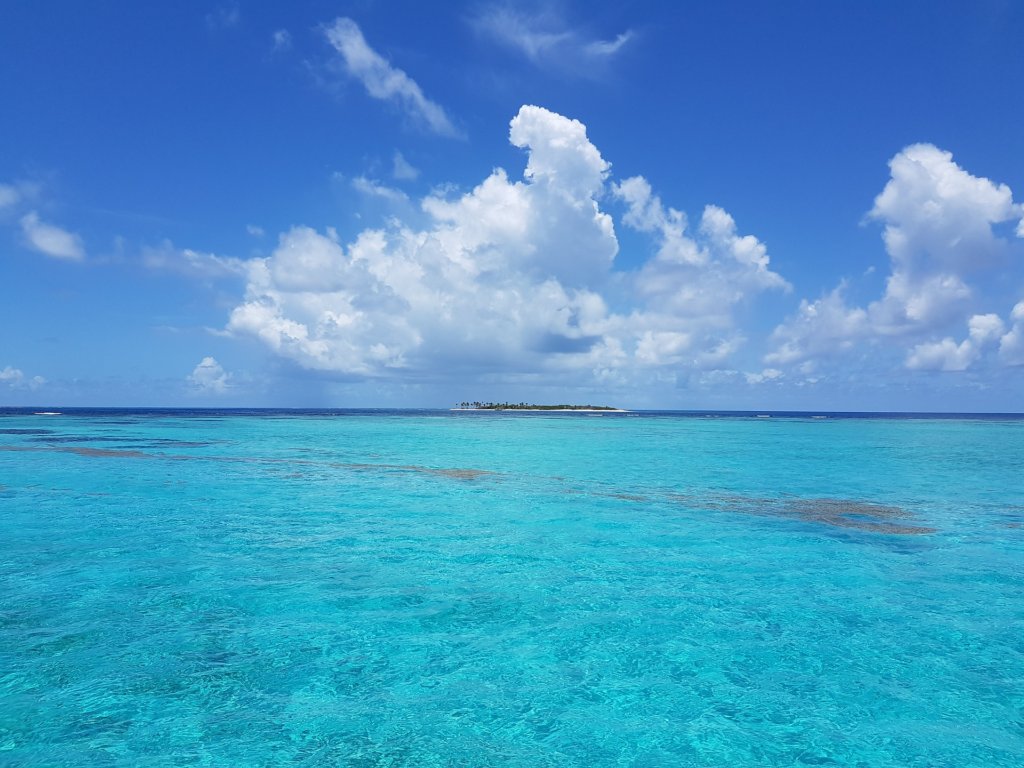
Union Island
Although Union Island is part of SVG, it is closer to Grenada which lies directly to the south. Historically, its remote location meant that it became a base for illegal from all over the Caribbean.
Nowadays, the island thrives on tourism. Union Island Airport has domestic flights to St Vincent and international routes to Barbados, Carriacou, Grenada, and Martinique. The island is an important anchorage for yachts and a transport hub with boats to Carriacou in Grenada. It also has decent accommodation options and just enough nightlife to satisfy the holidaymaker.
The small port town of Clifton has an unpretentious charm and a more local feel than some of the towns on the more-visited Grenadine islands. You can easily spend a day wandering its short main street and the surrounding hills.
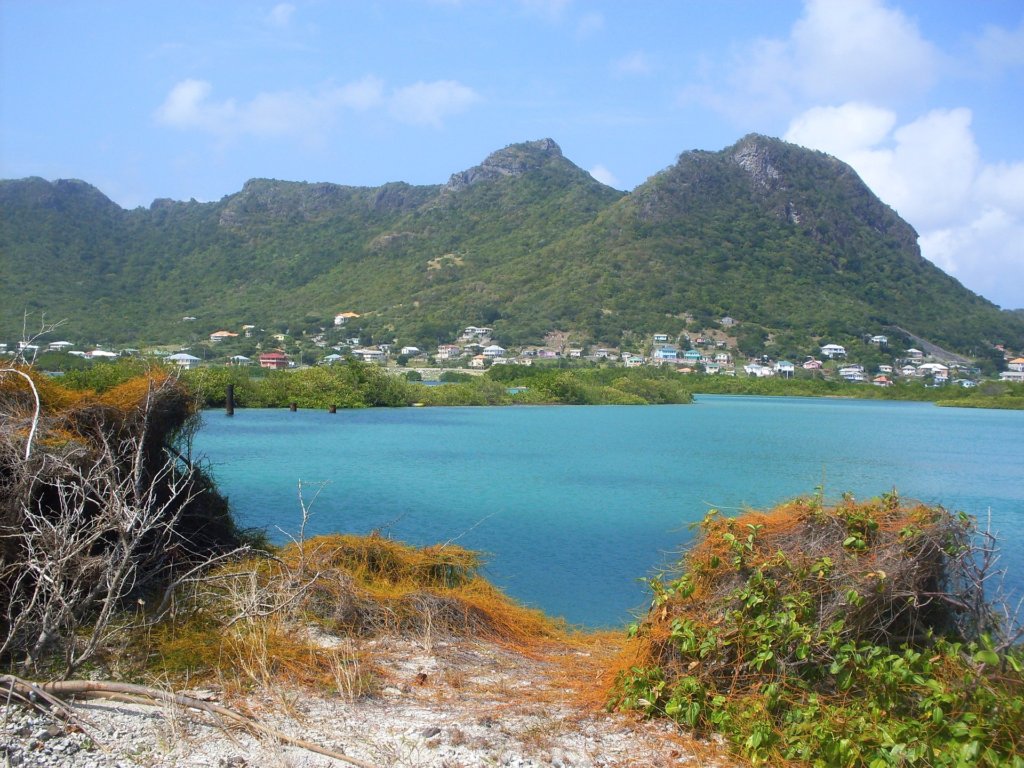
Palm Island
Palm Island is a small island one mile from Union Island, only accessible by boat. It was originally called Prune Island but was given its current name when the former owners, the late John Caldwell (“Johnny Coconut”) and his wife Mary, planted hundreds of coconut palms, transforming the deserted, swampy, and mosquito-infested island into a palm covered one.
The island has an area of just 135 acres, but it has five beaches and an abundance of wildlife which make it a nature lover’s dream location. Sea turtles were reintroduced about a decade ago and geckos, ground and tree lizards, hermit crabs, land crabs, and a plethora of bird species including pigeons, doves, blackbirds, tropical mockingbirds, sandpipers, bananaquits, blue and crowned herons, and hummingbirds make the island their home.
Palm Island is the home of Palm Island Resort and Spa, with 40 rooms and suites and several private villas. There are two restaurants (the Royal Palm Restaurant and the Sunset Grill) and two bars, a spa, a swimming pool, a gym, and a tennis court. Typically the resort caters for 100 guests with 92 staff.
Petit St Vincent
Petit St Vincent, known locally as PSV, is an island 40 miles (64 km) south of St. Vincent. It is the southernmost of the Grenadines. The entire island operates as an eco-friendly boutique luxury resort with 22 cottages and villas available to rent. It has been a part of the Small Luxury Hotels of the World hotel chain since July 2013.
Watch this video to learn more about SVG
Read more about St Vincent and the Grenadines
If you like what you’ve read, PIN IT!!
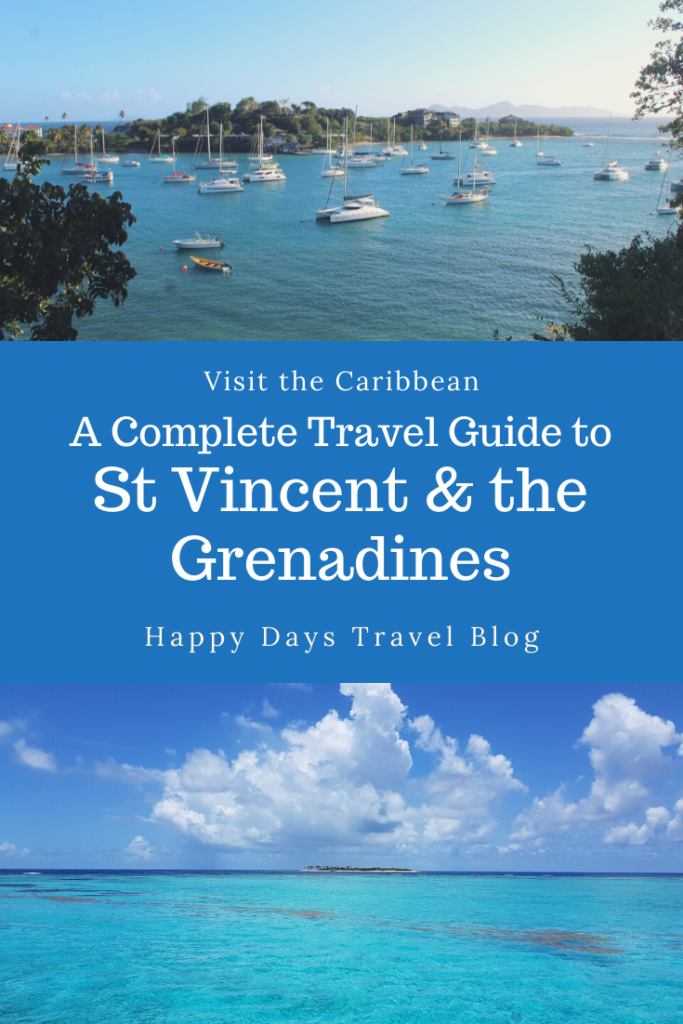
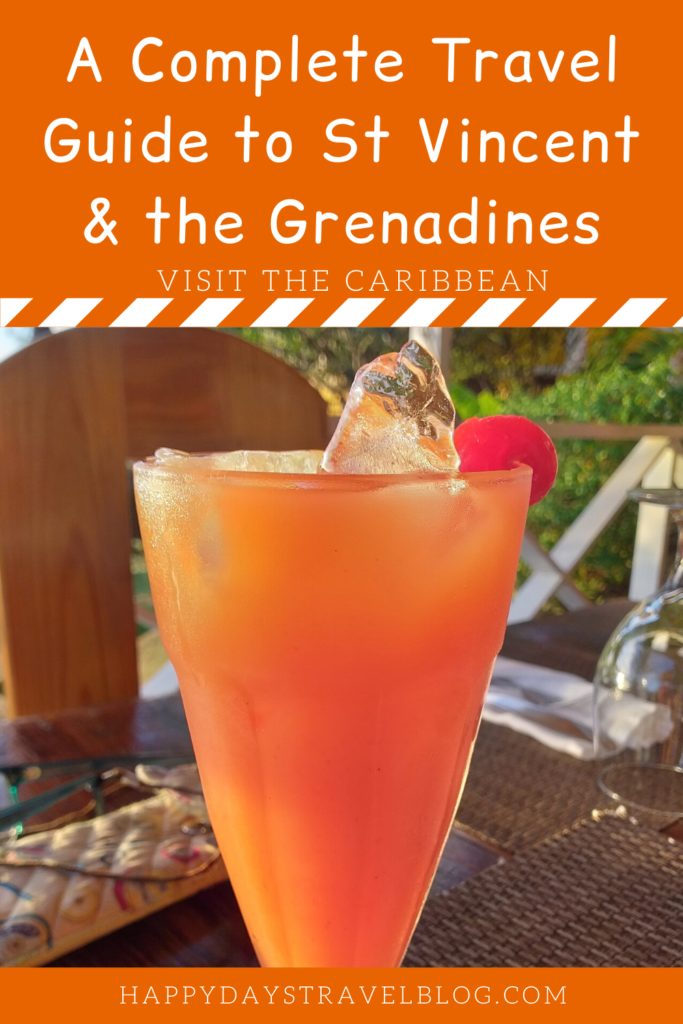
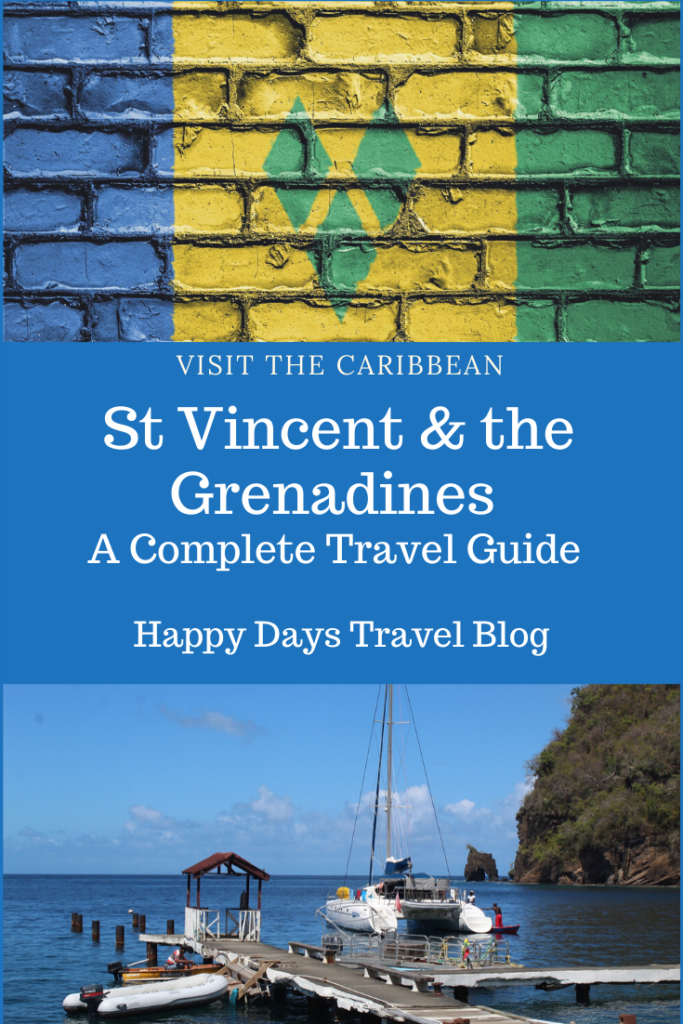
Join our mailing list

Sign up to receive our monthly newsletter. Keep up with what we're doing and be the first to receive special offers and insider tips.

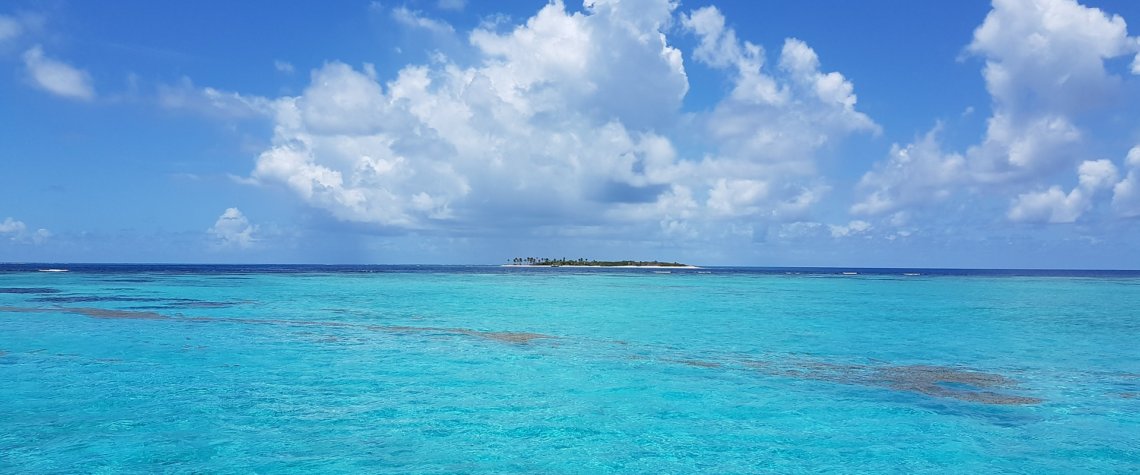
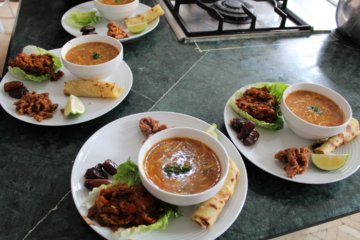
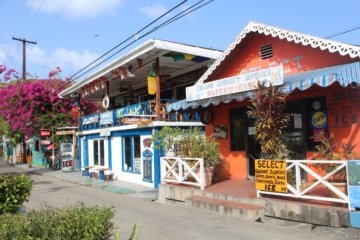
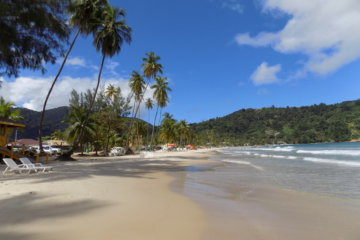
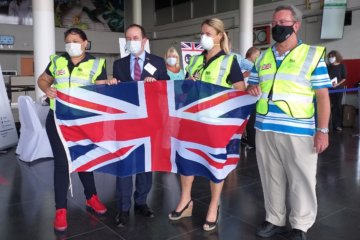
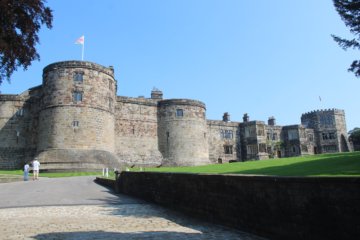
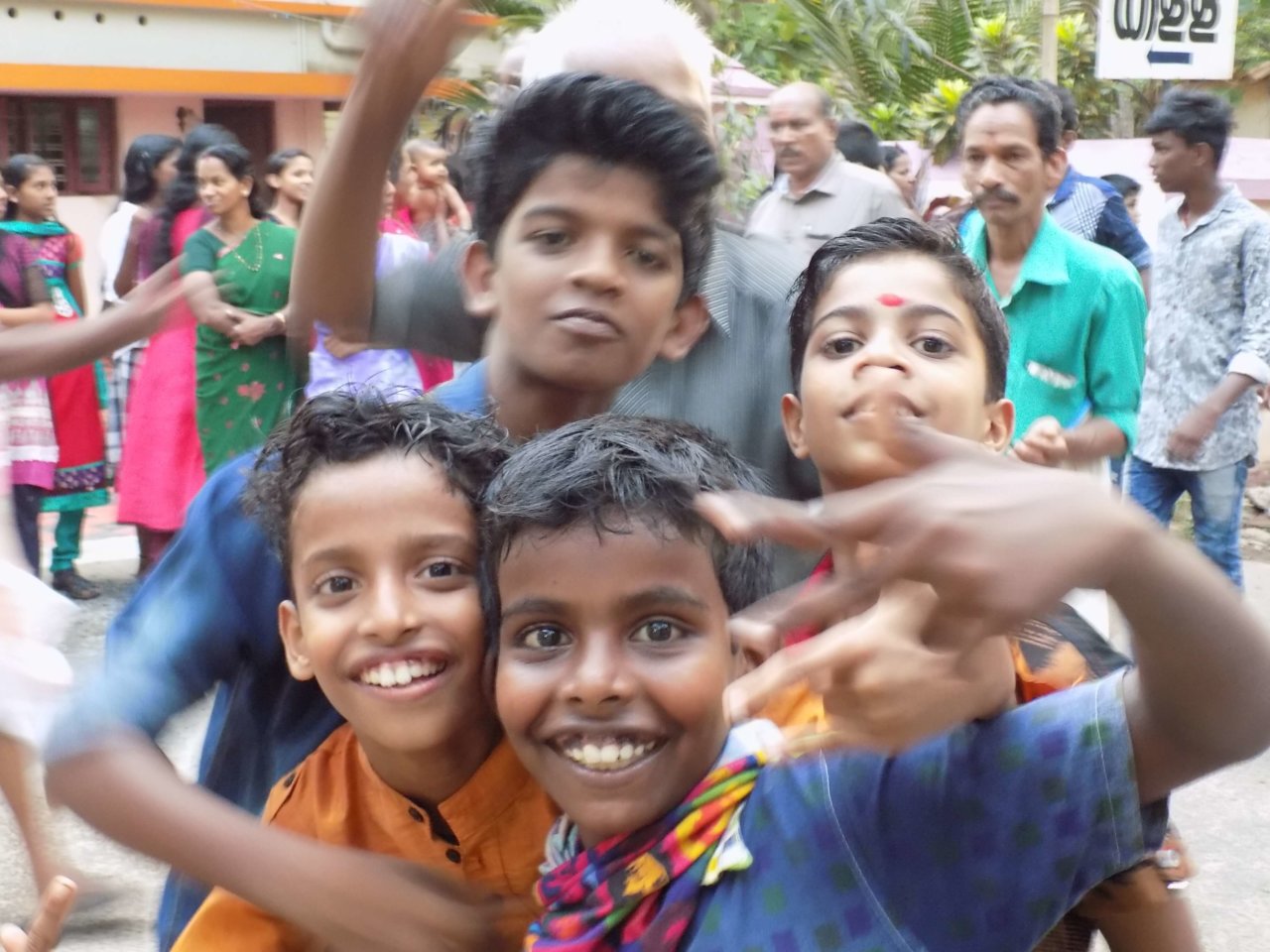
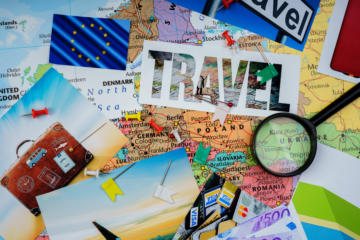
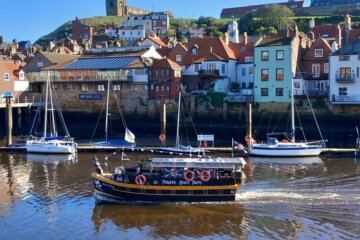

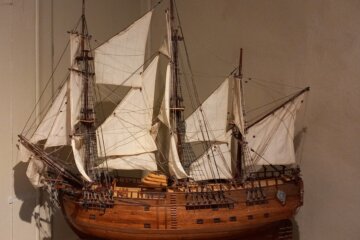
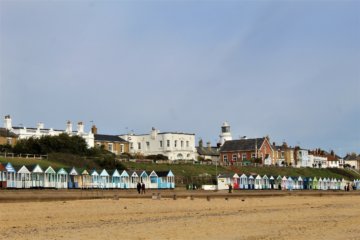
What an excellent detailed post & photos for visiting St Vincent and the Grenadines. We’ve traveled to a number of Caribbean Islands over the years from BC Canada, but still yet to visit these destinations. Spotted your post on LinkedIn and have Pinned for future reference! 🙂
Thanks for taking the time to comment, Robert. I hope you get to SVG at some point – the islands are beautiful! 😀